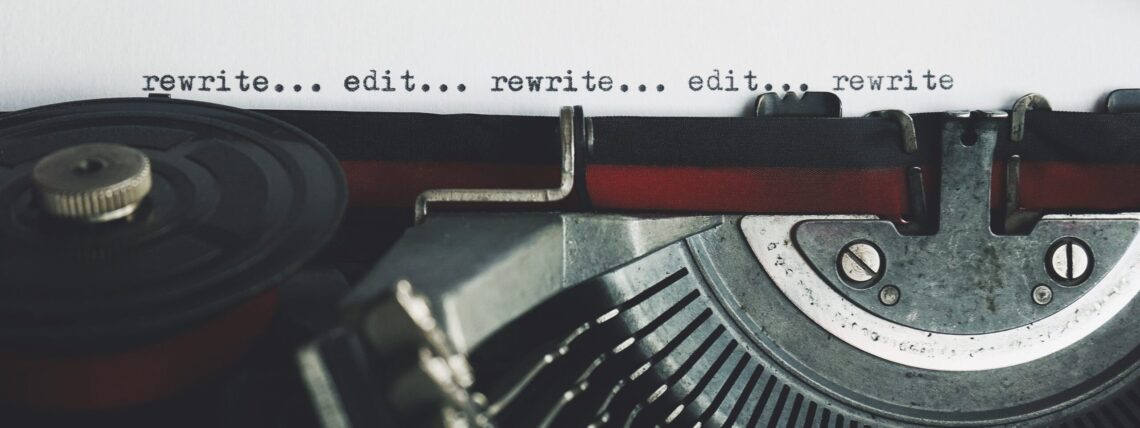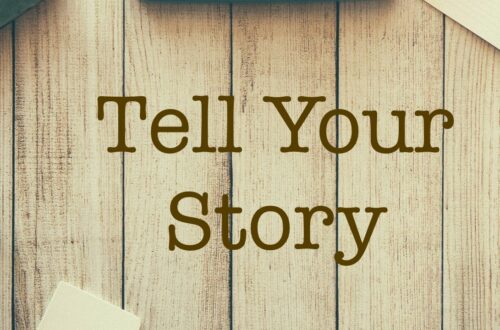Learning how to write a query letter can feel like a daunting task. You might be asking: How formal should my letter be? What kind of bio should I include? What’s a pitch anyway, and where does it go? Do I really need comps?
In this article I will draw back the curtain on how to write a query letter, leaving you with the right tools to craft your correspondence and query your children’s book with confidence.
What is a Query Letter?
A query letter is a correspondence between an author and an agent or editor in which the author introduces themselves and their project, and asks the agent or editor to consider their work for representation or publication. In short, a query letter is a cover letter. You will send your query letter via email or online form, such as the forms managed by Query Manager.
What information should I include in a query letter?
Your query letter will include the following:
- A salutation to the recipient.
- A sentence or two explaining your children’s book project and why you are querying this particular agent or editor.
- A pitch, and a brief description of your book that includes the word count, title, genre and format.
- A short, relevant bio.
- Any other pertinent information, such as why you are qualified to write this book, what inspired you, any research you’ve done.
- Comp titles, if you choose to include these.
There is no need to include excerpts from your book or quirky gimmicks. Be professional, to the point, and allow your query letter to spotlight your voice. This is especially true in the pitch, which should showcase your voice and project.
What is a pitch?
A pitch is a one to three sentence teaser entices the agent or editor to read further or request more material. into wanting to read or know more about your book. The pitch should garner interest in your book in approximately 35 words, and you’ll want to hit on the essence of what your book is about. A pitch will introduce the main character or main idea, identify the story problem or concept, hint at the resolution, and sometimes touch on the book’s theme. This list of pitch examples from published books can help you get started. You can also use the templates below.

If you are a twitter user, you can participate in numerous twitter pitch parties all year long. Even if you do not draw any agent or editor interest, participating in a pitch party like Pitch Wars or #PBPitch is a great way to practice your pitches, and get feedback. The Pitch Wars website also offers some great resources like templates and outlines for pitch writing.
What’s the difference between a synopsis and a pitch?
Sometimes agents or editors will ask for a synopsis in addition to your query letter. This is not your pitch. The synopsis does not go in the query letter. It is a separate entity. Typically, a synopsis is a one-page summary of your book. It should touch on your main characters and your plot, and give the reader a clear idea of what your book is about. Picture book authors typically will not be required to submit a synopsis, but if you are asked to submit one along with your picture book submission, a paragraph summary will suffice.
What are comp titles?
Comp titles, or comparison titles, are books that you might list in your query letter to give the agent or editor information about one or many elements of your book. You might choose a comp because it is similar in plot or story to your own, but you also might choose a comp because there is a particular element that is similar to your book. I often suggest authors choose two comps, each one representing a different element of their book that is relevant to the agents MSWL. For example, the comps for your beach book might look something like this: BEACH BOOK shares the celebration of play found in HUM AND SWISH by Matt Meyers with a rhyming structure similar to that found in WATER IS WATER by Miranda Paul.
When choosing comps, aim to use titles that have been published in the last three years, or pair an older title with a newer one. This is important because it shows the agent or editor that you are familiar with the market.
Do I need comps?
There is a lot of conflicting information on the internet about whether an author ‘should or should not’ include comps in their query letters. This will help you decide:

If the agent or editor doesn’t ask for comps, if you don’t have comps in mind, if comps stress – you – out… don’t worry about it. I can assure you that your comps will not make or break your chances of publication. They are simply one other tool in your toolbox.
What should my bio include?
Every query should include a short bio, and I’m talking a paragraph, max. The agent or editor does not need your life story! Your bio will include any pertinent writing credentials or memberships, such as SCBWI or the 12×12 Picture Book Challenge, any previous publications. You might include a sentence or two about your personal life: your family, hobbies, interests, for example. Only include info you want to share.
The bio is another great place to explain why you might be the person most qualified to write this book, or why you chose to write this book. If, for example, you are an expert on fungi, and you are querying a 700-word rhyming NF PB on Fungi of the Americas, you would want to mention your studies in the field.
Should my query letter be formal?
While a query doesn’t have to be formal, it should be professional. First and foremost, address the letter to the agent or editor you intend to query by name. Consider Dear Ms. or Mr. [last name]. Or, if you are unsure of the recipient’s pronouns, you may address the letter using their full name, Dear [first name last name]. As a general rule, think of your query letter as part of your job interview, so it should be well written, clear and legible, and free from too many grammatical or spelling errors. But don’t worry, a typo here or there will not ruin your chances, nor will accidentally misspelling the agent or editor’s name. We are all human. It’s okay to make mistakes when you write your query letter. And if you do, don’t worry about flooding the agent or editors inbox with an explanation or correction. Trust that they are also human, and understand that mistakes happen.
Sign your full name at the end of the letter and be sure to include your contact information. That’s it. At the end of the day, your query letter is a well-written email. Treat it as such.
Now that you know how to write a query letter successfully, I wish you the best of luck! The road to publication can be long and hard, but with the right tools, you can submit your query with confidence. Happy writing!





